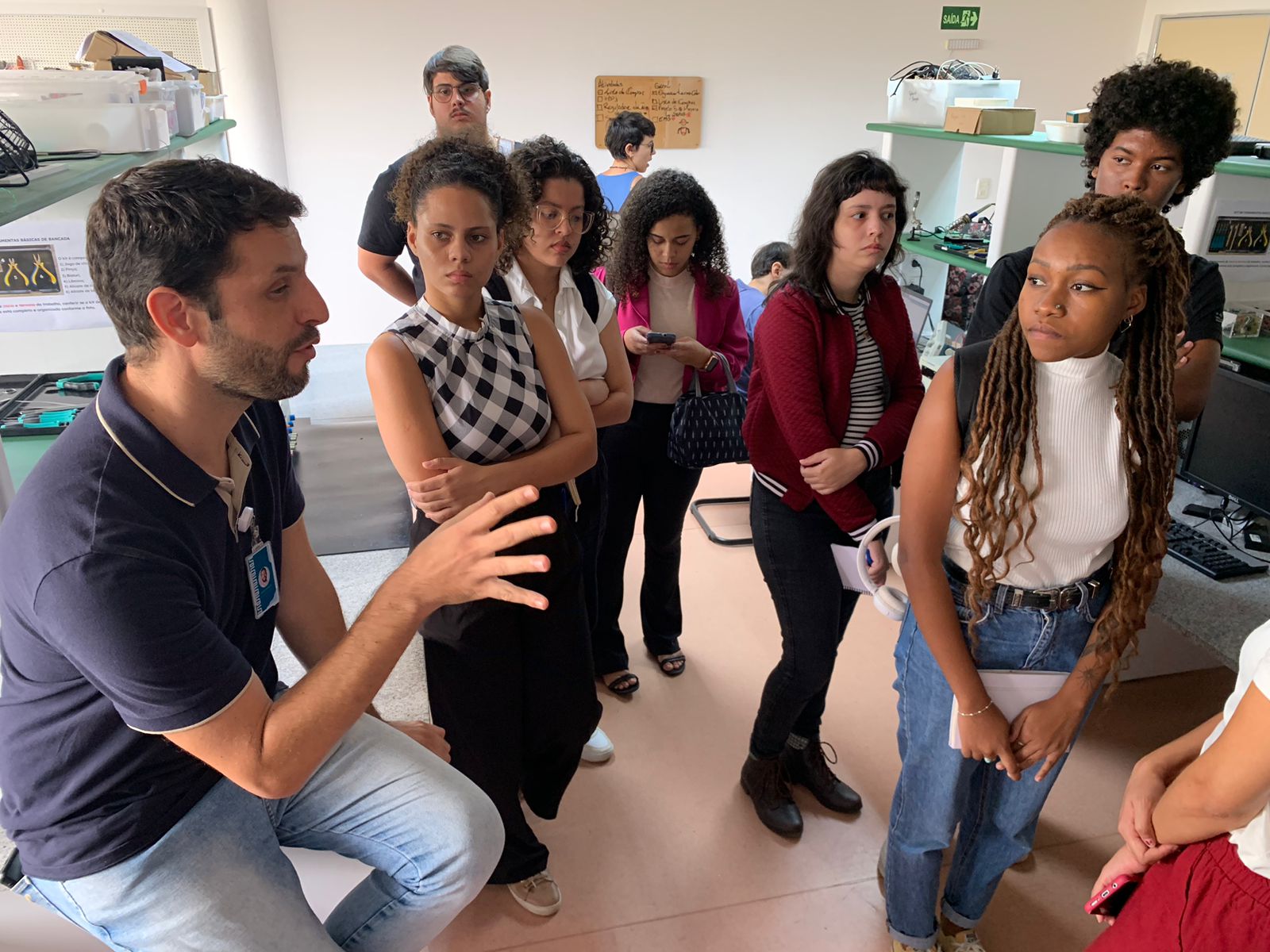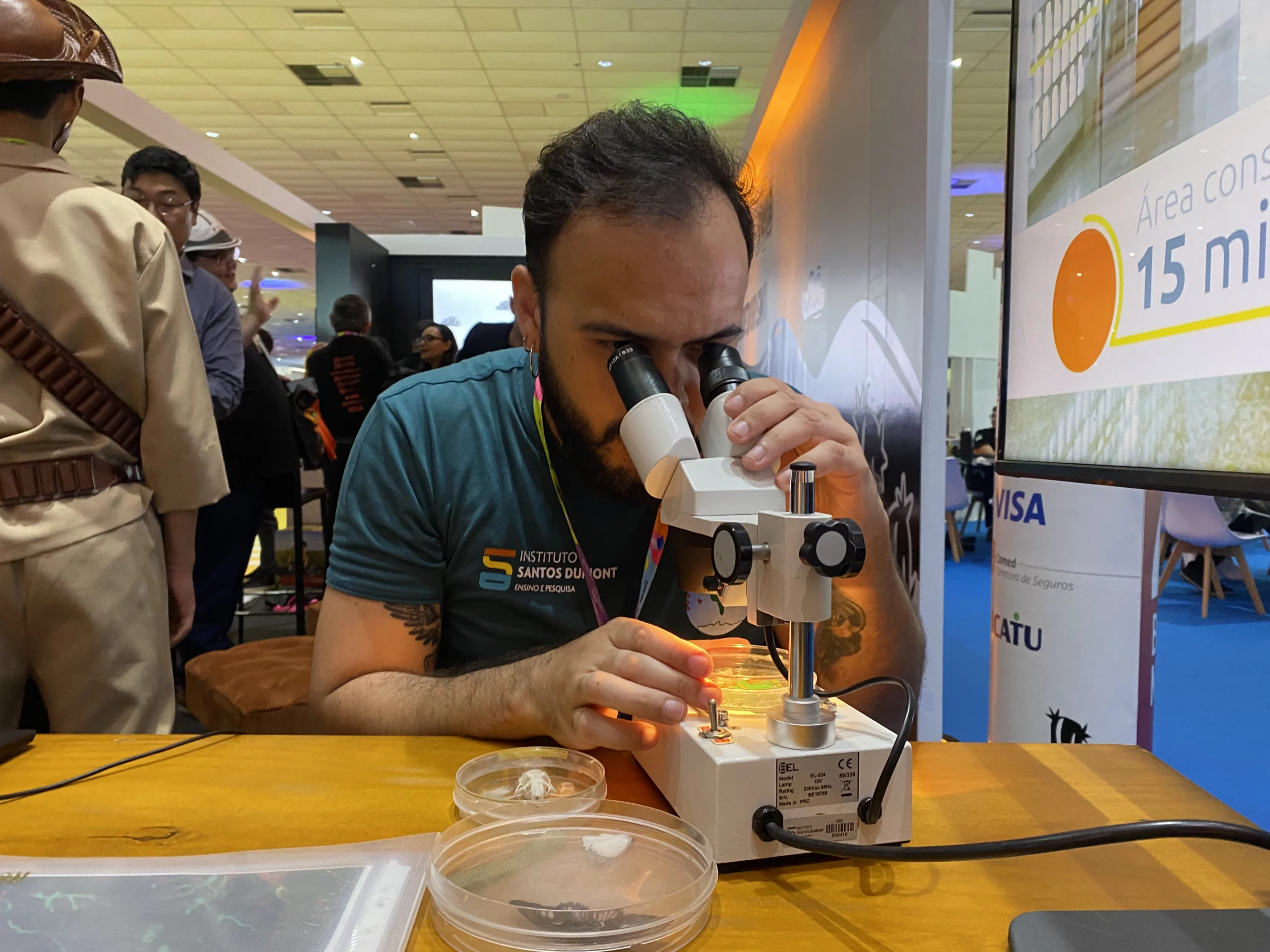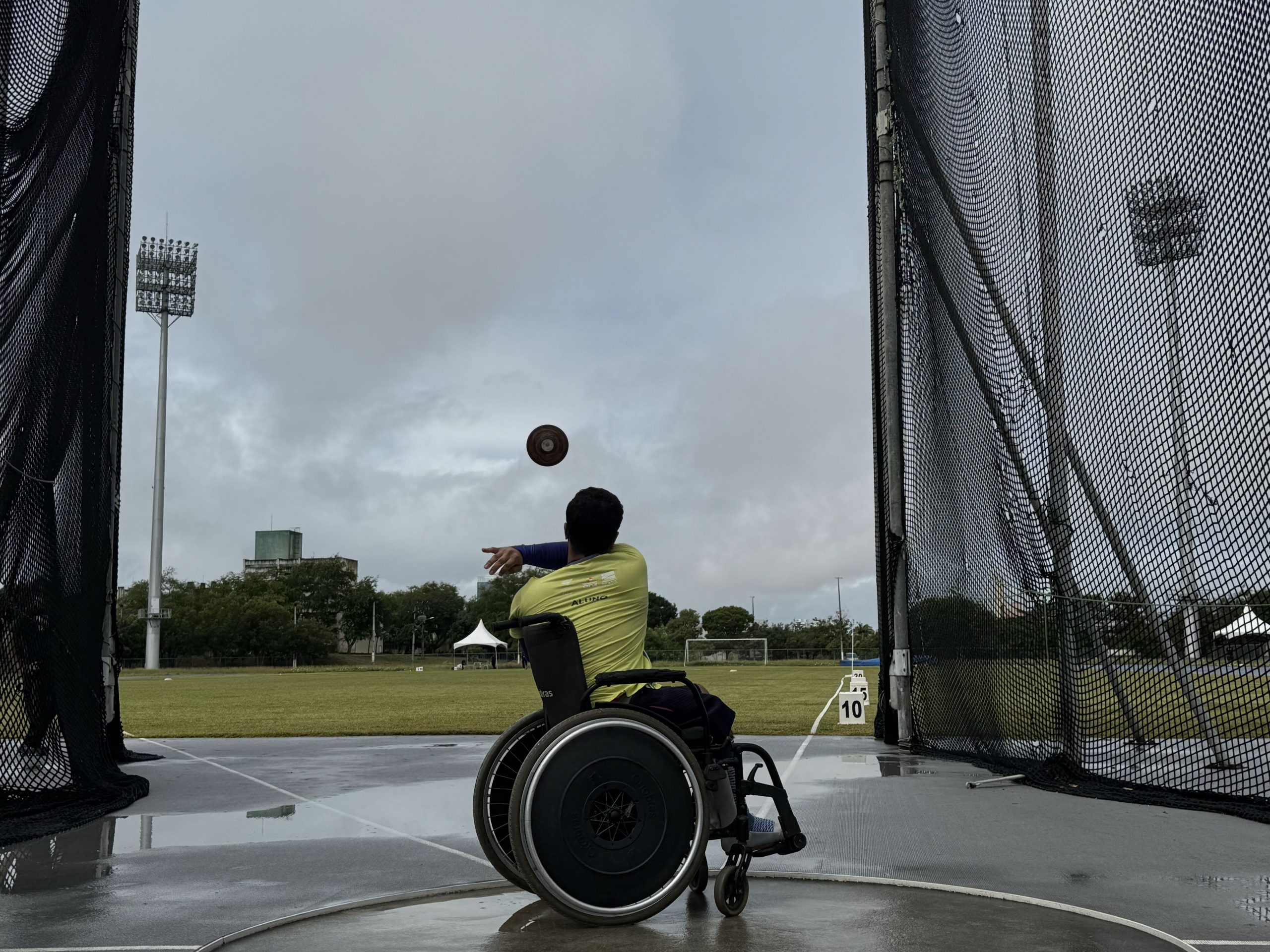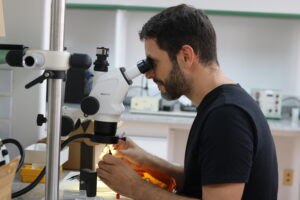Records of cases of syphilis, a bacterial infection that can lead to death when not treated properly, increased by 809% in Rio Grande do Norte from 2011 to 2020, according to data from the most recent Syphilis Epidemiological Bulletin from the State Department of Public Health (Sesap/ RN). The numbers were analyzed by medical and multidisciplinary preceptors at the Santos Dumont Institute (ISD), in Macaíba (RN). Because it is present in all social profiles and regions of the state, syphilis is characterized as an epidemic in the state of Rio Grande do Norte.
The increase in the detection rate of acquired syphilis is noteworthy: from 5.1 cases per 100 thousand inhabitants in 2011, to 42.7 cases per 100 thousand inhabitants in 2020 – representing an increase of 737.3%. Syphilis is a bacterial disease caused by Treponema Pallidum. When treated, it can be cured. It is transmitted mainly through unprotected sexual intercourse and from mother to baby at birth, which is called vertical transmission. According to Sesap/RN, “when not treated early, it can evolve into a chronic illness with irreversible long-term sequelae”.
According to ISD's infectious disease medical preceptor, Manoella Alves, the matter needs to be addressed urgently. “We have the combination of greater testing for the disease associated with the real increase in new cases. What we need to do with these numbers in hand is to be aware of the urgency of the issue and carry out massive work among the population, especially groups with a higher incidence of the disease, so that they become aware of the importance of testing, treatment and protected sexual intercourse. ”, highlights the expert.
According to the Sesap/RN Epidemiological Bulletin, between the years in question, 9,043 cases of acquired syphilis were confirmed. The majority of them – 4,997 – were reported in the 7th Health Region (Natal, Parnamirim, São Gonçalo do Amarante, Extremoz and Macaíba). It is in the capital, however, that 41.3% of the total cases across the state are concentrated. In the same period, 4,591 pregnant women with the infection and 4,324 occurrences of congenital syphilis were registered. Disease detection rates in Rio Grande do Norte increased significantly from 2010 to 2020, as detailed in the document: 2.9 times in relation to congenital syphilis; 5.6 times with regard to syphilis in pregnant women, and 8.3 times with regard to acquired syphilis.
“Syphilis is an epidemic due to the number of registered cases, because it exists in all territories and populations. We credit the current numbers to the increase in testing, the awareness of professionals in carrying out rapid tests and this has favored diagnosis. The increase in cases cannot be evaluated solely as a negative point. There is access to timely treatment so that the disease cycle is broken. The cases already existed and what is happening is the expansion of testing and compulsory notification. That's not bad, judging from that point of view. What is bad is not knowing about the cases and not treating them”, highlights Renata Gadelha, technician from the Sexually Transmitted Infections Program at Sesap/RN. The department works to detect municipalities that do not report cases of syphilis, questioning whether tests are not being applied, which constitutes silenced cases.
Men, as occurs in other sexually transmitted infections, such as HIV, for example, concentrate the largest number of cases. In the period analyzed, 53.3% of the occurrences were recorded in males compared to 46.7% in females. The age group that most concentrates notifications is that between 20 and 29 years old (36.9%). In the same time period, in the age group of 10 to 19 years, in both sexes, detection rates increased by 2.270% and 1.137%, respectively. The detection rate of congenital syphilis in 2020, however, may be underreported. Sesap points to a reduction of 12.2% in the number of rapid tests applied for syphilis in the state due to the covid-19 pandemic.
Syphilis during pregnancy
Between January 2010 and December 2020, across the state, Sesap reported 4,591 cases of infection in pregnant women – 405.9% discharged. This increase may be related to the expansion of access to diagnosis in primary care, changes in the criteria for defining syphilis in pregnant women at the end of 2017 and improvements in notification records, Sesap lists. The majority of cases (46%) were identified in the third trimester of pregnancy. Of all infected pregnant women, 363 (8%) did not undergo treatment. In the decade highlighted, 60 deaths in babies were recorded from the disease. The infection also caused 59 miscarriages. Another 34 children under one year of age died from the consequences of syphilis.
HIV/AIDS
Between 2010 and 2020, cases of HIV infection in Rio Grande do Norte grew by 93.1%, rising from 3,190 to 6,158 in the decade analyzed. In the state, Sesap details an increase in case records in all age groups, in both sexes, as well as among pregnant women and in the occurrence of deaths due to the infection. On December 1st, actions around the world were dedicated to World AIDS Day, a disease that has killed approximately 33 million people since its discovery in the early 1980s.
The Anita Garibaldi Health Education and Research Center (Anita), one of the ISD units, is a state reference for the Unified Health System (SUS) for care for pregnant women infected by the virus. From 2018 to 2020, the number of HIV-infected women undergoing prenatal care at Anita increased by 45,45% – rising from 11 to 16. From January to September this year, 12 patients in this condition had started multidisciplinary treatment, with a team composed of by an infectious disease specialist, gynecologist and obstetrician, psychologist, nurse, social worker and biochemical pharmacist.
“All pregnant women who enter Anita, at some point, will take a rapid test for HIV, syphilis and viral hepatitis. The Ministry of Health's protocol defines that tests are carried out in the first trimester of pregnancy, at the beginning of prenatal care and another in the third trimester of pregnancy. At the time of delivery, the mother is tested again for HIV and syphilis. Data from the current Sesap Bulletin points to a reflection of the increase in the number of cases among this population. Screening during pregnancy is very efficient”, points out Carla Glenda Souza da Silva, multi-professional psychologist preceptor at ISD. She highlights, however, that in addition to cases of HIV infection, there is a prevalence of syphilis among pregnant women, which can result in irreversible consequences for the baby, such as serious neurological diseases, if not treated in a timely and skillful manner.
Text: Ricardo Araújo / Ascom – ISD
Photograph: Ascom – ISD
Communication Office
comunicacao@isd.org.br
(84) 99416-1880
Santos Dumont Institute (ISD)
It is a Social Organization linked to the Ministry of Education (MEC) and includes the Edmond and Lily Safra International Institute of Neurosciences and the Anita Garibaldi Health Education and Research Center, both in Macaíba. ISD's mission is to promote education for life, forming citizens through integrated teaching, research and extension actions, in addition to contributing to a fairer and more humane transformation of Brazilian social reality.















